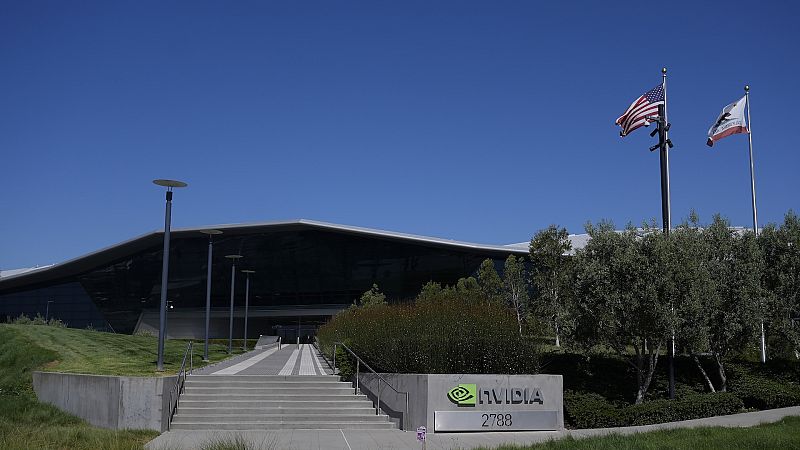Nvidia's strong earnings fall short of lofty investor expectations

Nvidia's third-quarter earnings for fiscal 2025 once again showcased robust demand for artificial intelligence (AI) chips. However, capacity constraints and expectations for a lower profit margin failed to impress investors, causing the company's shares to decline by over 2% in after-hours trading.
Investors had set a high bar on Nvidia's earnings performance, given its consistent track record of beating forecasts over the past year.
Josh Gilbert, a market analyst at eToro, commented: "Given what we've come to expect from Nvidia, this wasn't a blowout quarter, but it doesn't change the long-term story in any way."
He added: "Any weakness following the result will be seen as an opportunity for investors to own one of the best tech stocks in the business."
Despite this, the AI leader achieved another record quarter.
CEO Jensen Huang commented: "The age of AI is in full steam, propelling a global shift to NVIDIA computing."
The company's Blackwell production shipments are set to begin in the December quarter as indicated by the CFO's statement. "Demand for Hopper and anticipation for Blackwell - in full production - are incredible as foundation model makers scale pre-training, post-training and inference," Huang added.
Record sales numbers but slowing growth
Nvidia reported earnings per share of $0.78 (€0.74) on revenue of $35.08bn (€33.26bn), or year-on-year growth of 111% and 94%, respectively. While these figures exceeded analysts' expectations, the pace of growth slowed compared to 122% and 168% in the previous quarter, partly due to a higher base.
The company achieved another record in data centre revenue, with sales reaching $30.8bn (€29.2bn), up 112% from a year ago, surpassing the estimated $29.53bn. However, this growth was slower than the 154% rise recorded in the second quarter.
Gross margin stood at 75%, slightly lower than the 75.7% reported in the previous quarter and 78.4% in the first quarter, highlighting the impact of Nvidia's significant AI investments on profitability. Nonetheless, Nvidia's gross margin remains considerably higher than those of its industry peers, with Microsoft at mid-30% and AMD at 50%.
For the fourth quarter, Nvidia provided guidance for revenue of $37.5bn (€35.5bn), plus or minus 2%, alongside a gross margin of 73%-73.5%, plus or minus 50 basis points. However, this guidance failed to impress investors, many of whom had expected a higher figure, with the top range of $41bn (€39bn) from the AI powerhouse.
Capacity constraints
Demand for Nvidia's AI chips continues to outpace supply, urging the company to ramp up investments in its data centre infrastructure. These capacity constraints could further limit growth and exert additional pressure on gross margins in the upcoming quarters.
CFO Colette Kress noted: "Both Hopper and Blackwell systems have certain supply constraints, and the demand for Blackwell is expected to exceed supply for several quarters in fiscal 2026."
Dilin Wu, a market strategist at Pepperstone Australia said: "The gap between market expectations and Nvidia's outlook, especially on chip supply timing and capacity, appears to have disappointed investors."
Another concern is Nvidia's reliance on hyperscaler customers, such as Amazon, Microsoft, and Alphabet, which together account for 50% of its revenue.
CEO Jensen Huang highlighted that the AI industry is "large and diverse".
He had previously pointed out Nvidia's strategy of diversifying its product offerings across a range of industries, including consumer internet, automotive, and healthcare, rather than focusing exclusively on cloud businesses.
Yesterday

